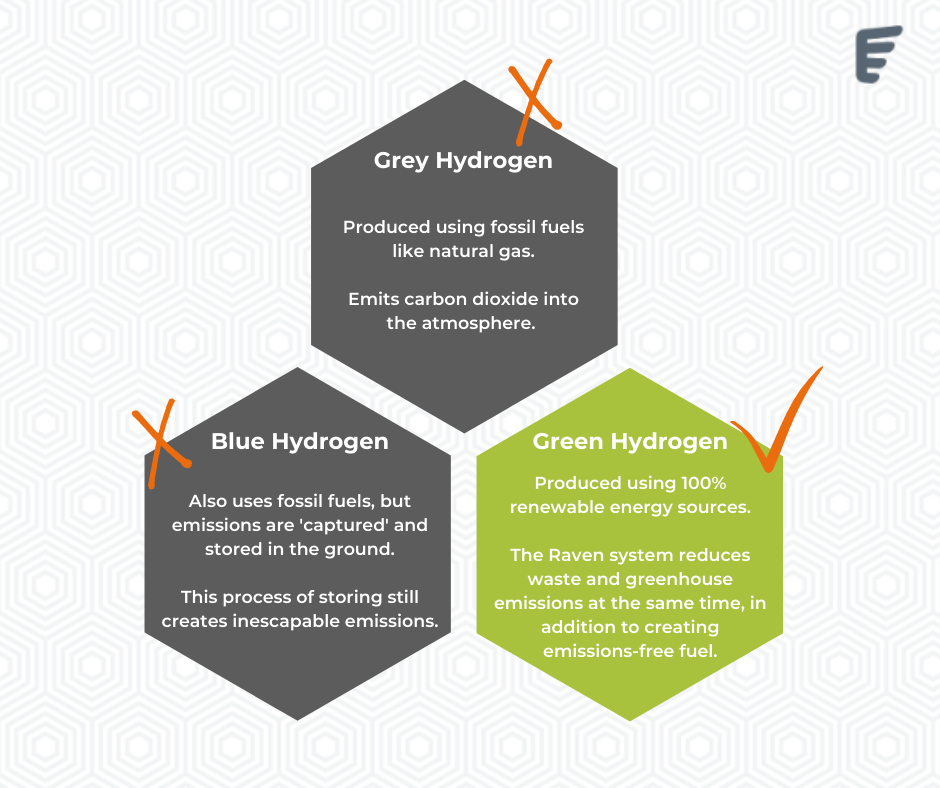There is a growing consensus that clean hydrogen will play a key role in the world’s transition to a sustainable energy future.
Hydrogen is extremely versatile, and can be transformed into electricity, used as a fuel for transportation and has many various other industrial applications. It is also the most abundant and lightest element in the universe and has the highest energy content of all common fuels by weight.
Although hydrogen is an odorless, colorless gas, the different methods of producing it have colorful nicknames.
Grey hydrogen
Grey hydrogen is essentially any hydrogen created from fossil fuels, such as natural gas, without capturing the greenhouse gases made in the process.
Blue hydrogen
Blue hydrogen is produced using the same reforming process that is used to create grey, brown and black hydrogen, but the CO₂ that would ordinarily be released is captured and stored underground.
Green hydrogen
As its name suggests, green hydrogen is the cleanest variety, producing zero carbon emissions.

The Raven difference: greener than green
Raven turns biomass, municipal solid waste, bio-solids, industrial, sewer and medical waste, and methane into emissions-free, 99.999% pure, clean hydrogen through our patented Steam/CO2 Reforming process.
The Raven system offers the best overall economic and environmental benefits for waste generators and processors, while also offering the most favorable economics. Our technology eliminates negative environmental impacts associated with other types of hydrogen production, while also offering an environmentally sustainable alternative to the incineration and landfilling of waste.
Raven’s process can have a negative carbon intensity depending on the feedstock. Avoided emissions and environmental impacts include:
- Significantly reducing landfill waste
- Significantly reducing greenhouse emissions from landfill waste, sewage and agricultural waste
- Does not use precious water resources which are limited in key areas of the U.S. and globally
- Processing flared gas
- Minimal CO2 emissions that can be captured and reprocessed
- Processing multiple wet feedstocks with no need for combustion to dry waste
- Units can run autonomously on hydrogen or syngas produced, reducing electrical pressure from the grid.
Our hydrogen is suitable for use in fuel cells, and our and Fischer-Tropsch synthetic fuels are better quality than conventional fuels. They deliver higher engine output and greater torque, have higher energy content per carbon content of the fuel, and our jet fuel is 5% less dense than conventional jet fuel allowing aircraft to fly further on the same load of fuel.



